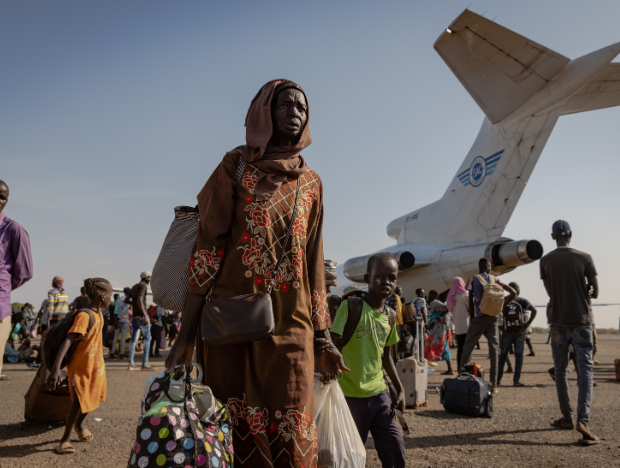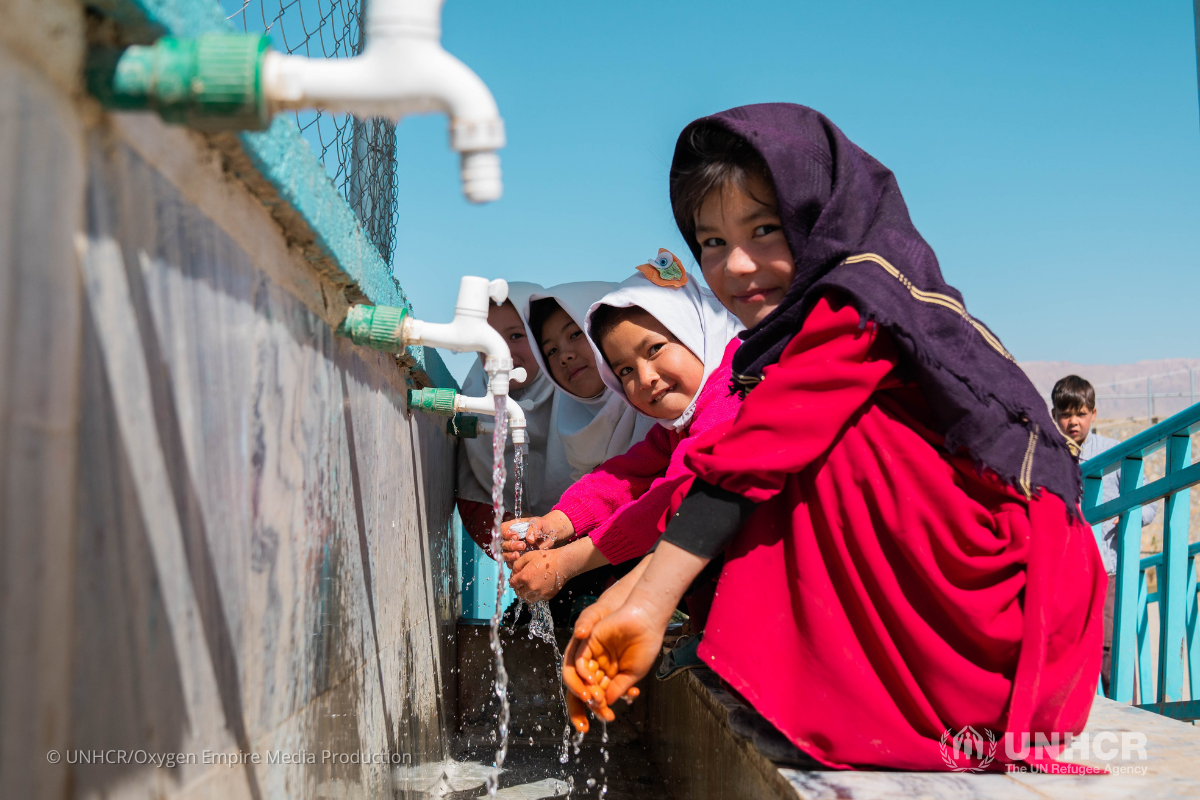Horn of Africa Food Crisis Explained
Diyaro Baluga holds her son in her arms, finally feeling a sense of relief and hope for the future after a long journey. A newly arrived asylum seeker from Somalia and a single mother of eight, Diyaro was one of millions of livestock farmers from her country whose livelihood was destroyed by a devastating drought. Her family lost 66 of the 70 cows they owned, and she was forced to sell the remaining cows to pay for her family’s transportation to Kenya’s Dadaab refugee camps. Despite the difficulties she has faced, Diyaro’s only concern is her family, “I lost the only source of livestock which I had to the drought. But I am glad that I haven't lost my children to hunger.”
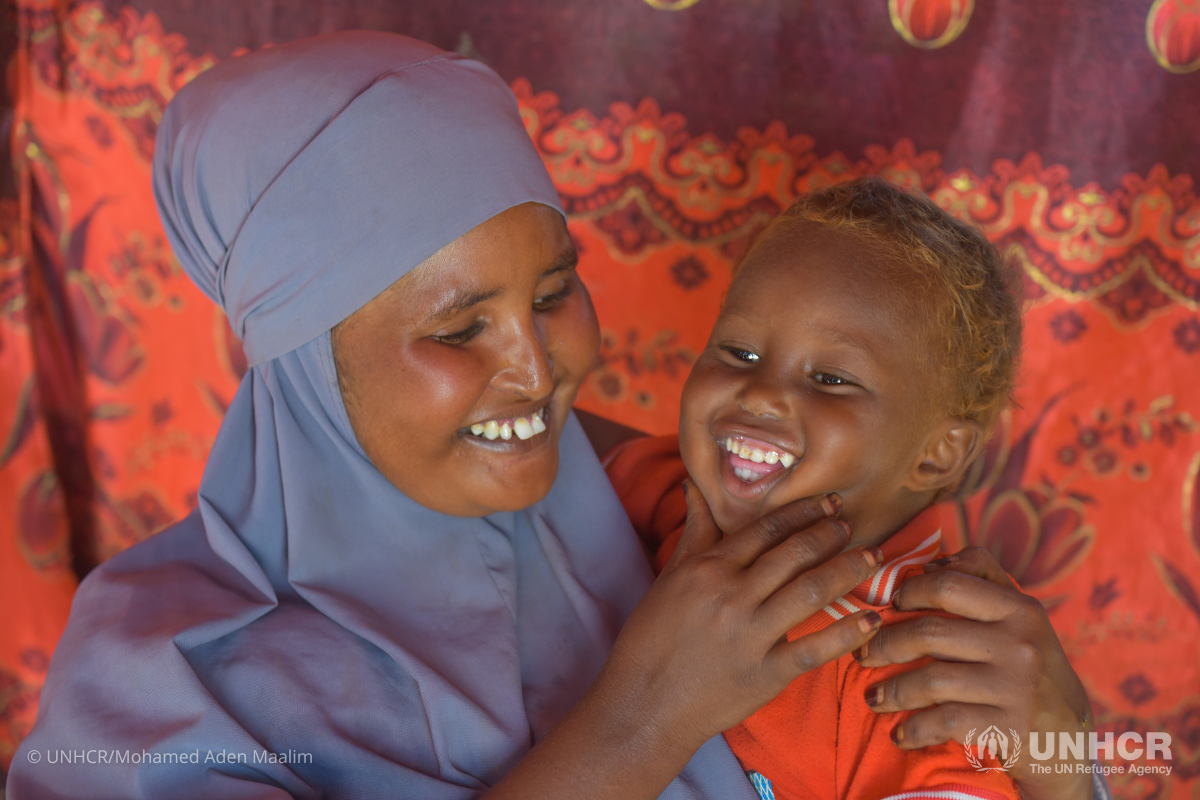
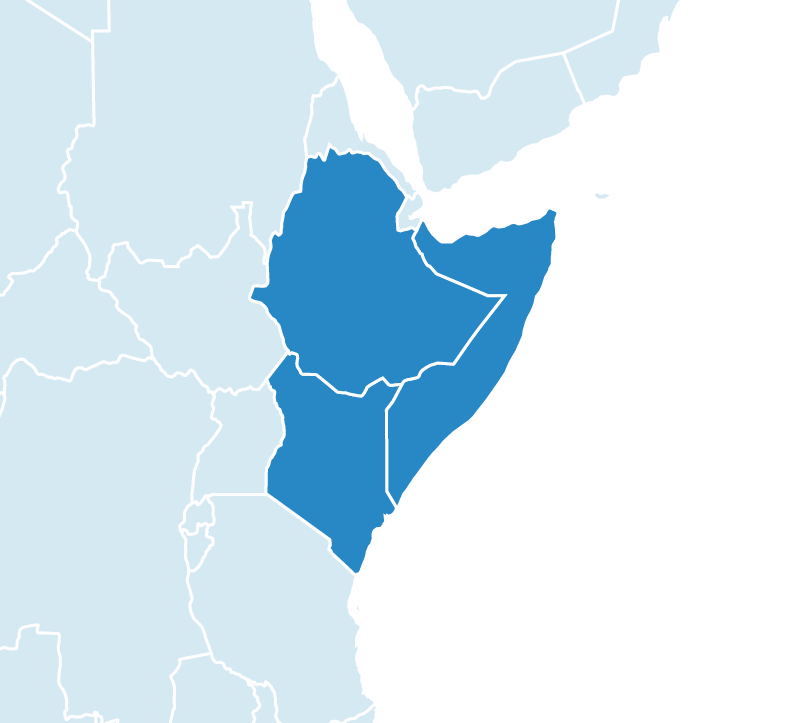 The longest and most severe drought on record is forecast to continue in the Horn of Africa, worsening the food crisis and pushing 26 million people in the region into Crisis or worse levels of food insecurity (IPC Phase 3 and worse). Widespread livestock deaths, severe shortages of food and water and increasing prices of goods are forcing millions of people to flee their homes, including vulnerable groups like refugees and internally displaced people.
The longest and most severe drought on record is forecast to continue in the Horn of Africa, worsening the food crisis and pushing 26 million people in the region into Crisis or worse levels of food insecurity (IPC Phase 3 and worse). Widespread livestock deaths, severe shortages of food and water and increasing prices of goods are forcing millions of people to flee their homes, including vulnerable groups like refugees and internally displaced people.
What should you know about the food crisis in the Horn of Africa?
Here's What You Need to Know:
1. Why is there food insecurity in the Horn of Africa?
2. How is drought contributing to food insecurity in the Horn of Africa?
3. Who is most at risk because of food insecurity?
4. How can cash assistance help refugees and displaced people?
5. What is UNHCR doing to help?
1. Why is there food insecurity in the Horn of Africa?
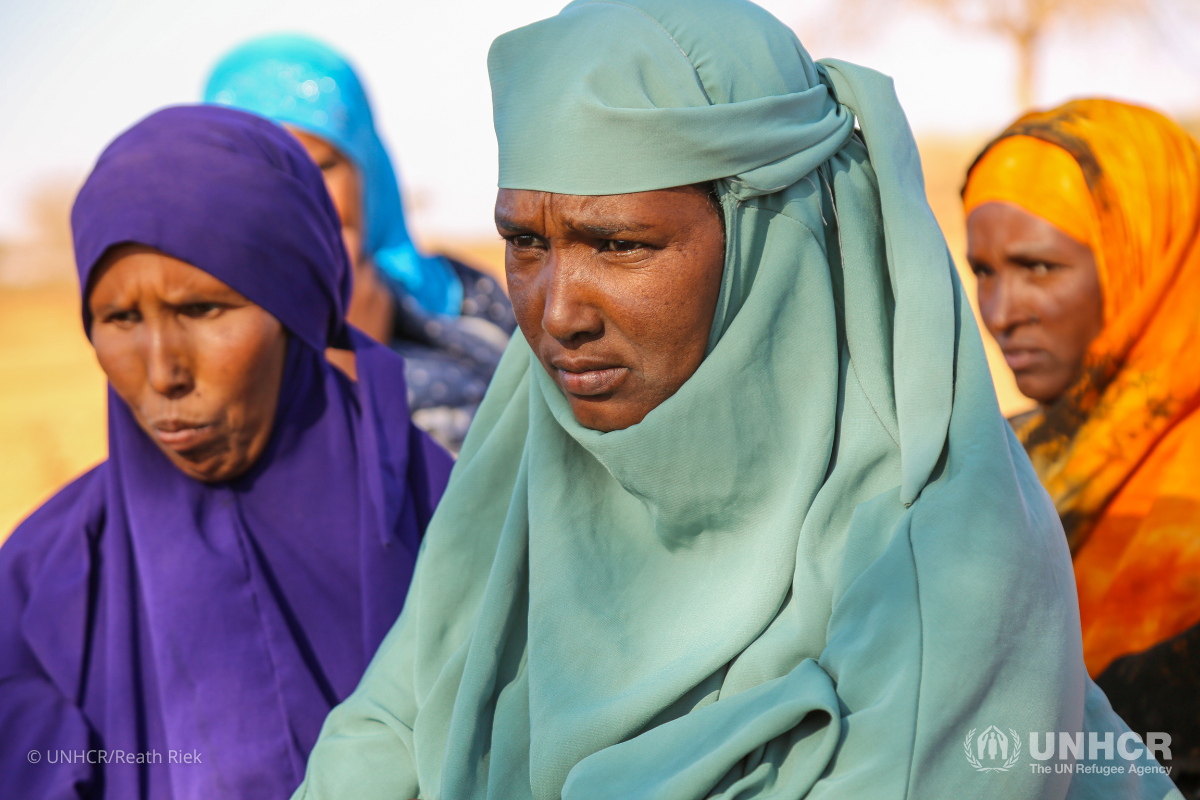
The Horn of Africa, located on the easternmost part of Africa, is one of the world’s most conflict-prone and fragile regions. The Horn of Africa has a long history of protracted conflict, violent extremism, weak governance and hosts a large number of refugees and internally displaced people. It is also one of the world’s poorest regions, with an estimated 57 million people living in extreme poverty.
The long-term impacts of COVID-19, climate change, protracted conflict, the war in Ukraine and reduced funding globally are all contributing to food insecurity in the Horn of Africa. The hunger crisis in the Horn of Africa is reaching unimaginable proportions as 23 million people across Ethiopia, Kenya and Somalia are highly food insecure and face severe hunger and water shortages. Relentless drought and high food prices have weakened people’s ability to grow crops, raise livestock and buy food for their families. Communities in Ethiopia, Kenya and Somalia are facing various compounding crises and the most vulnerable people — refugees and displaced families — are enduring the worst of it.
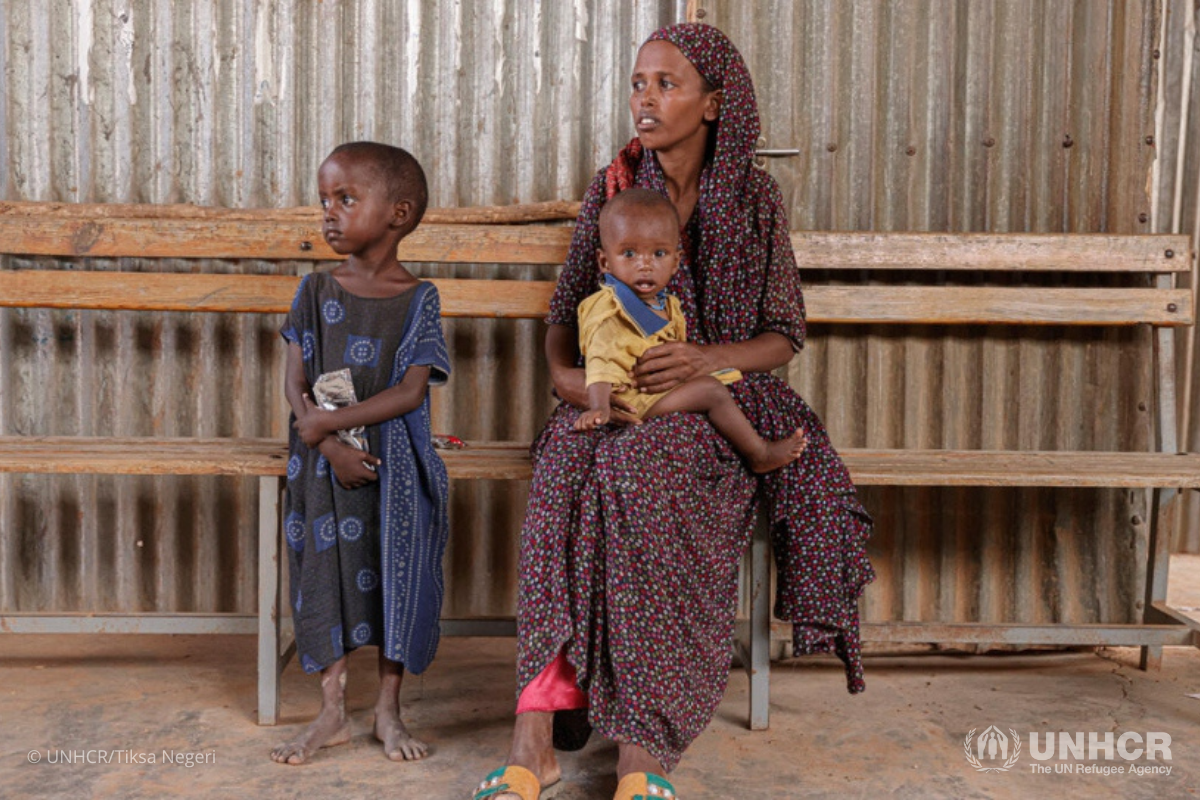
Eleven years ago, Samira Adbi fled from her home in southern Somalia to escape conflict. She became one of the first refugees at Melkadida refugee camp in Ethiopia — now home to more than 41,000 people. Today, she finds herself having to protect her family again.
Like millions of refugees and displaced families in the region, drought and ration cuts have impacted Samira’s ability to find food for her children. “All I think about is how I’m going to feed them,” she said. “Last night, they did not eat. This morning, I gave them some porridge. I have nothing more to give them.”
All five of her children were diagnosed with malnutrition and given treatment, but only three have recovered. As food insecurity ramps up, the inevitable result is rising malnutrition rates — particularly among women and children who often bear the brunt of food shortage.
2. How is drought contributing to food insecurity in the Horn of Africa?
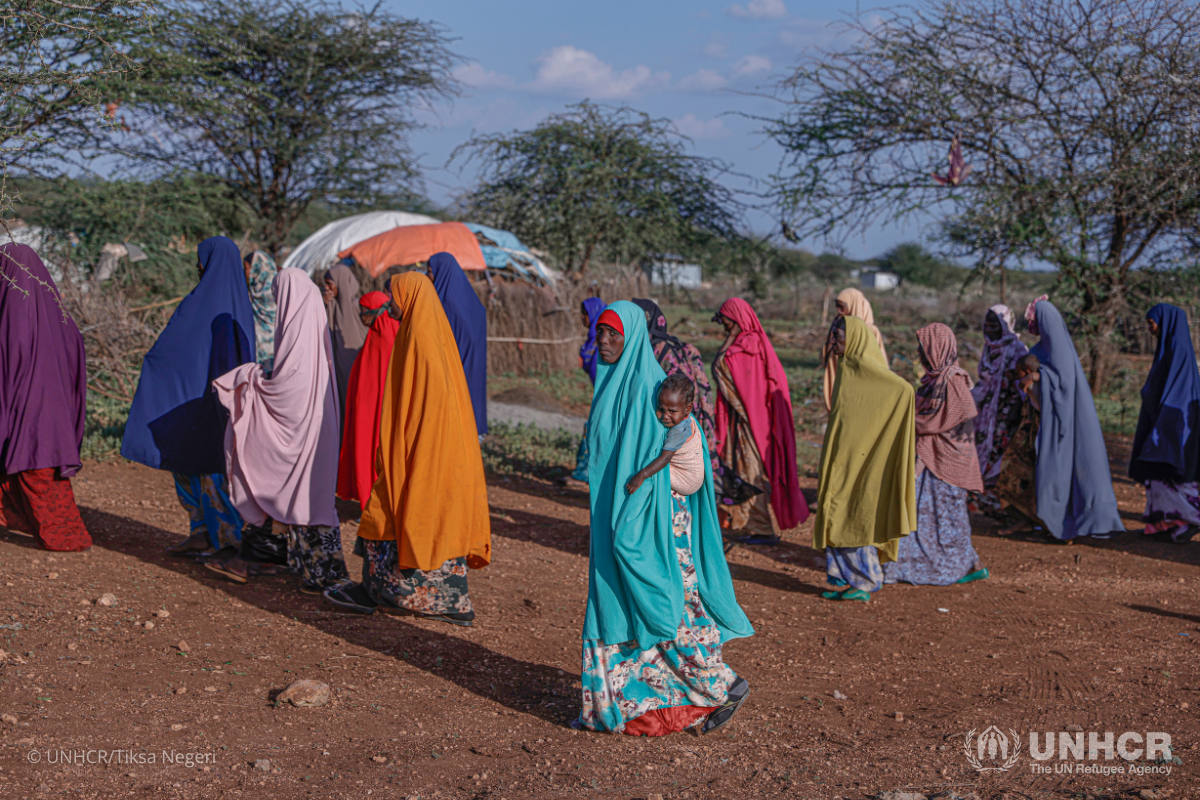
The Horn of Africa region is currently experiencing the longest and most severe drought on record, entering its sixth consecutive year of below-average rainfall in the past 40 years. The drought is threatening lives and livelihoods, including millions of refugees and internally displaced people. A majority of the population depend on pastoralism and livestock production as their main sources of livelihood, which means that climate change and severe droughts have a dramatic impact on millions of lives in the region.
The unprecedented multi-year drought is responsible for a number of hardships facing pastoralists and livestock farmers. The drought is causing severe water scarcity across the region, forcing pastoralists to move longer distances in search of water and food. Recently gathered harvests across the agricultural areas of eastern and coastal Kenya, southern Somalia and central and eastern Ethiopia have been well below average with significant crop failures reported in some areas. Poor rainfall is also contributing to deteriorating pastures — coupled with water scarcity, at least 8 million heads of livestock have died since the drought started while 22 million more are at risk.
Food prices are increasing in many drought‑affected areas due to the below‑average harvests and rising prices on international markets. Severe shortages of food and water have forced many people to leave their homes in search of safety and assistance.
3. Who is most at risk because of food insecurity?
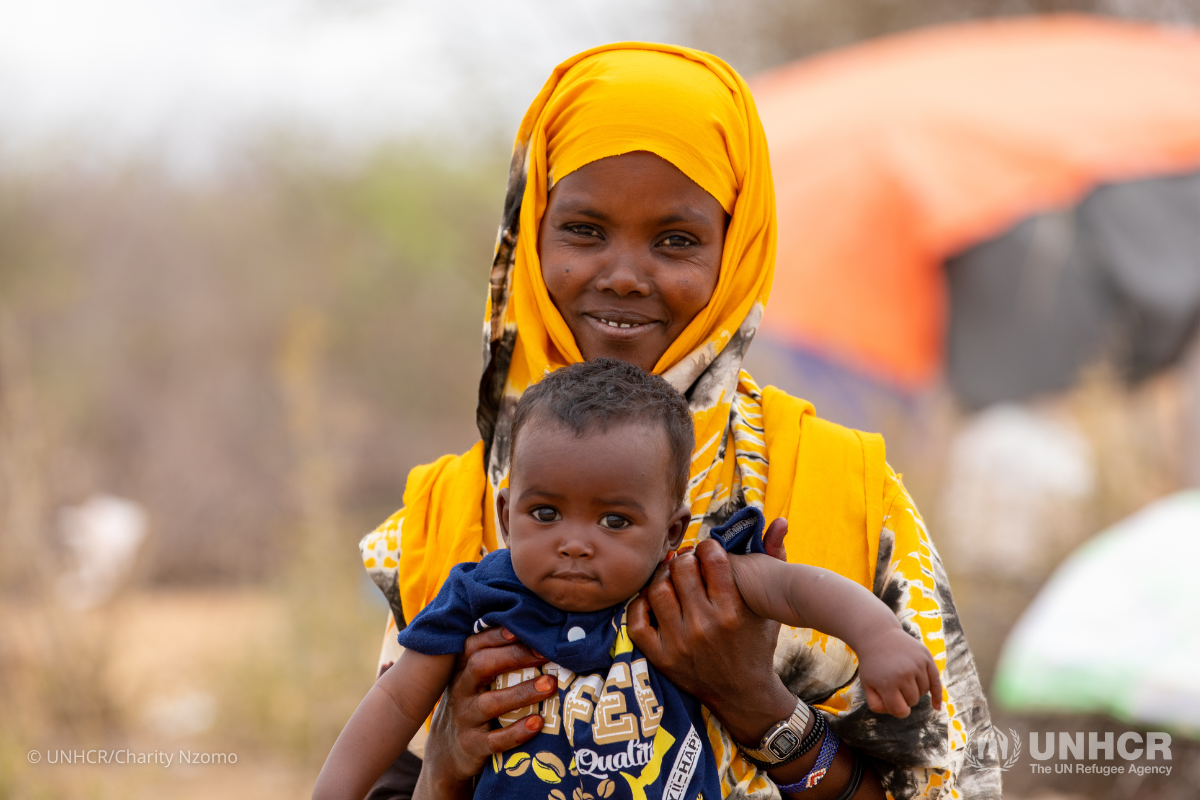
One of the most vulnerable groups impacted by food insecurity in the Horn of Africa is refugees and displaced people — at least 2.6 million have been impacted by this unprecedented drought and are struggling to receive clean water, food and sanitation items. Among them, displaced children, especially those under 5 years of age, and pregnant and nursing women face the greatest risk.
Malnutrition levels are at an all time high in the Horn of Africa — more than 7.1 million children are acutely malnourished across Ethiopia, Somalia and Kenya, including about 2 million who are severely acutely malnourished. Children with acute malnutrition are deprived of essential vitamins and minerals required for their proper growth, making them prone to disease, severe developmental delays and even death. For children, the food crisis is heightening cases of violence, neglect, exploitation and abuse, school drop-out and child marriage.
Displaced women are also disproportionately impacted by food insecurity as they often face barriers to accessing work opportunities and are at heightened risk of sexual and gender-based violence, forced labor and early marriage. Malnourished pregnant or nursing mothers are particularly vulnerable to deadly diseases and pregnancy complications.
4. How can cash assistance help refugees and displaced people?
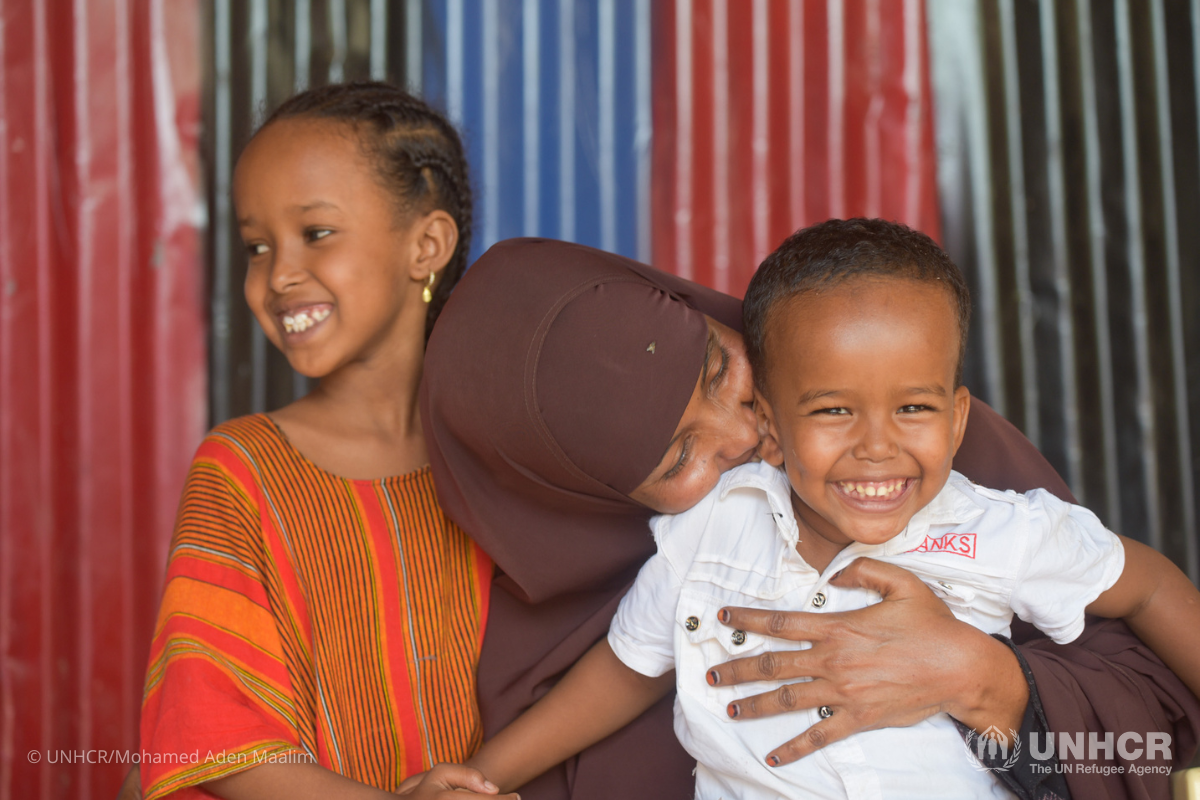
More than 3.8 million of the total refugee population in the Horn of Africa have been affected by cuts to food assistance. Refugees, internally displaced and stateless people are some of the most vulnerable to food insecurity and malnutrition, given the loss of assets and means of subsistence, the disruption of community-based safety nets and the frequent exclusion from systems of national social protection.
Cash assistance is one of the most effective ways to help refugees or displaced families secure their essential food needs and live in dignity. Because 95 percent of UNHCR’s cash assistance is unrestricted, people can choose how to spend it and how best to meet their own needs.
In 2021 and 2022, food was consistently rated among the top two expenditures of people receiving cash assistance.
5. What is UNHCR doing to help?
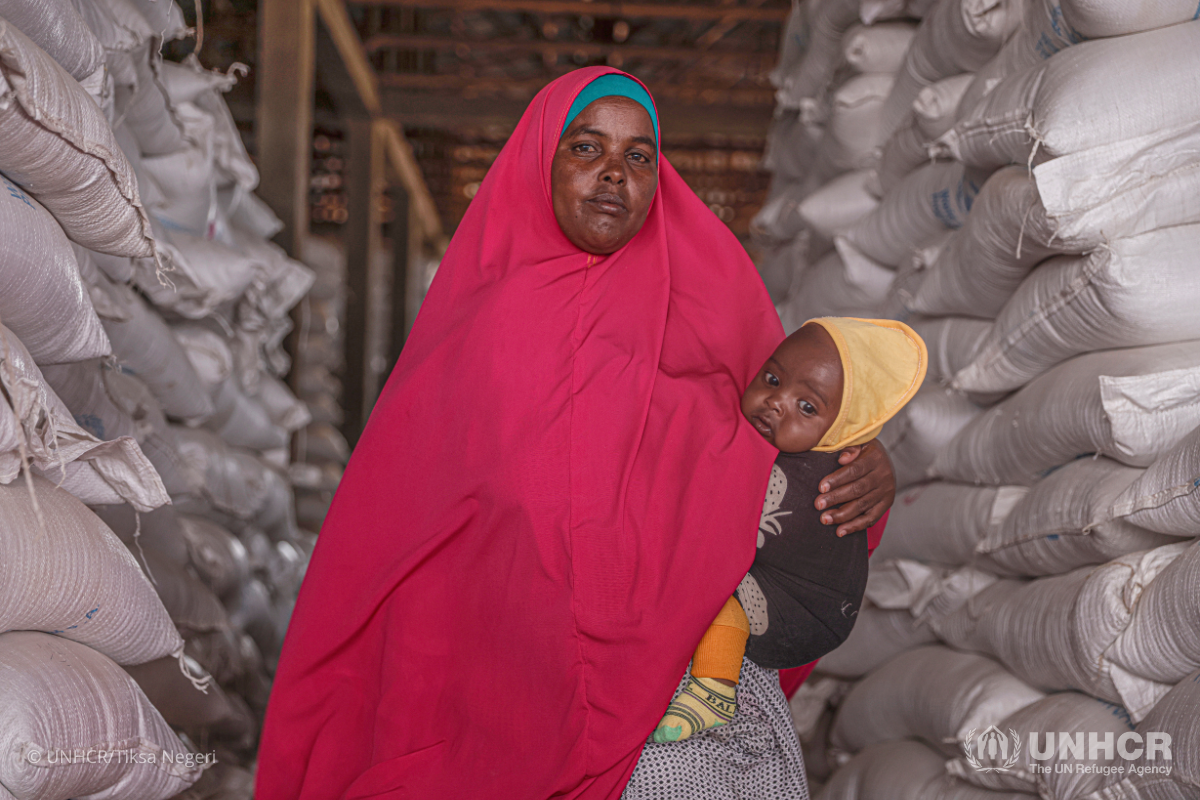
The UN Refugee Agency is working with partners to deliver cash-based assistance and lifesaving supplies — such as clean water, food and sanitation items — to vulnerable refugee and internally-displaced families in the Horn of Africa struggling with food insecurity so that they can cover their most basic needs. UNHCR’s activities in refugee camps include nutritious interventions to ensure people have access to clean water and nutritious food, especially women, children and other vulnerable groups. UNCHR is also a partner of the global Food Security Cluster (FSC), established in 2011 to coordinate food security responses during major humanitarian crises.
How to Help…
Those hit hardest by the food crisis in the Horn of Africa are refugees and displaced people who are already extremely vulnerable, with little resources to grow or buy their own food. Inflated prices mean they are unable to provide for their families as the most basic food becomes unaffordable. Monthly giving is the most convenient, effective and efficient way you can help people struggling with hunger. Start making a lifesaving difference today. Please become USA for UNHCR’s newest monthly donor.
